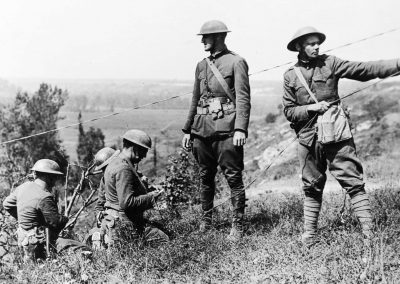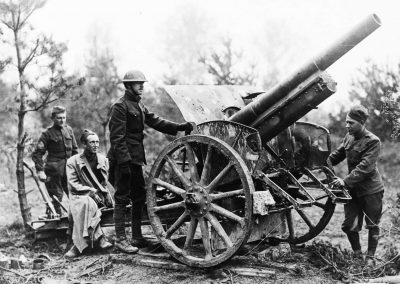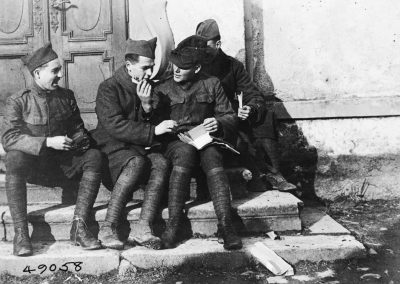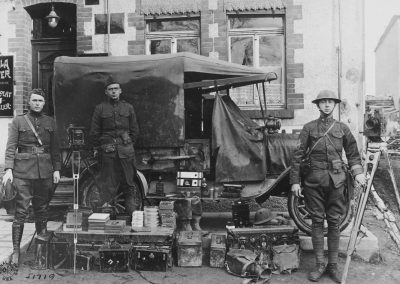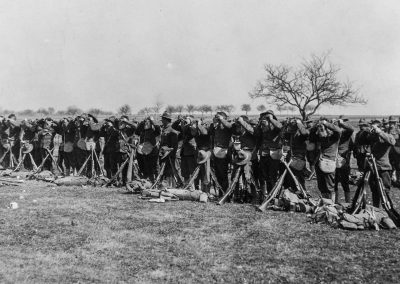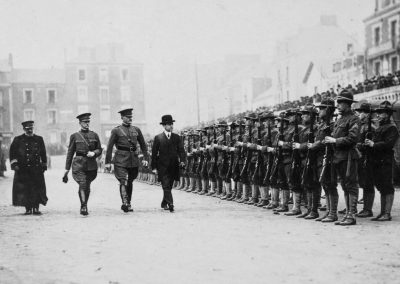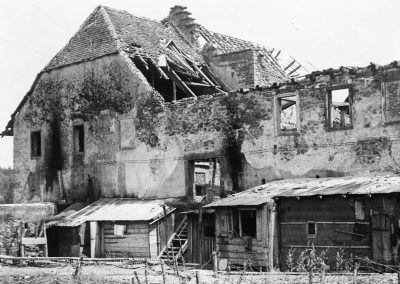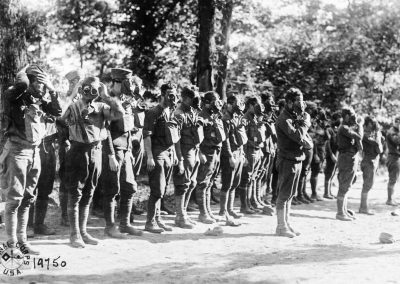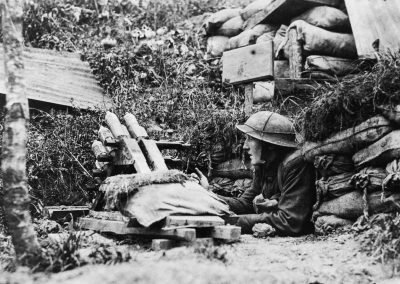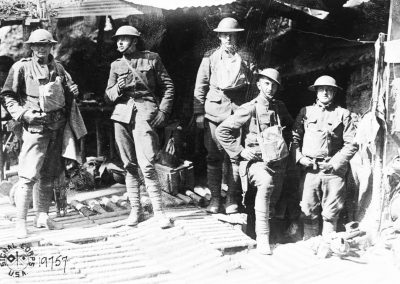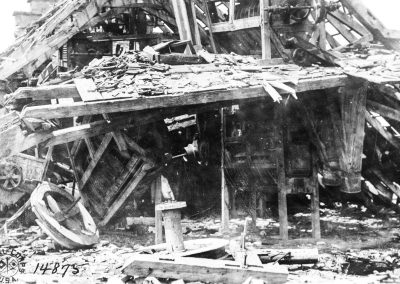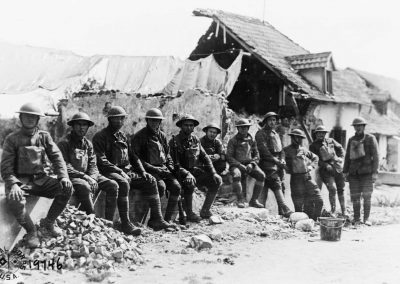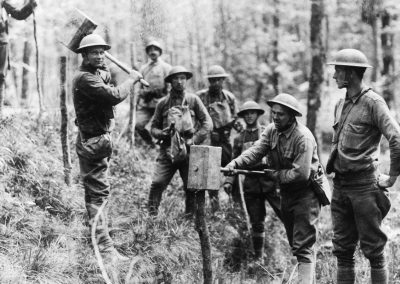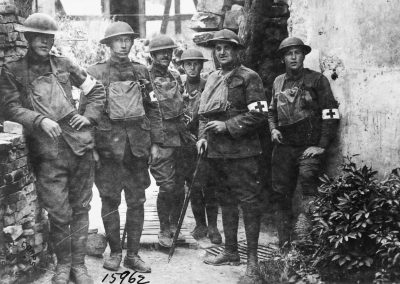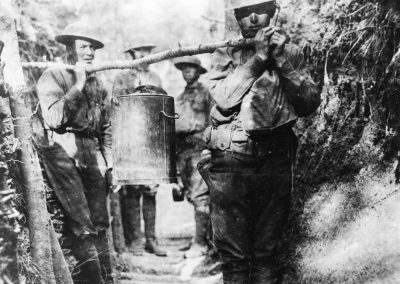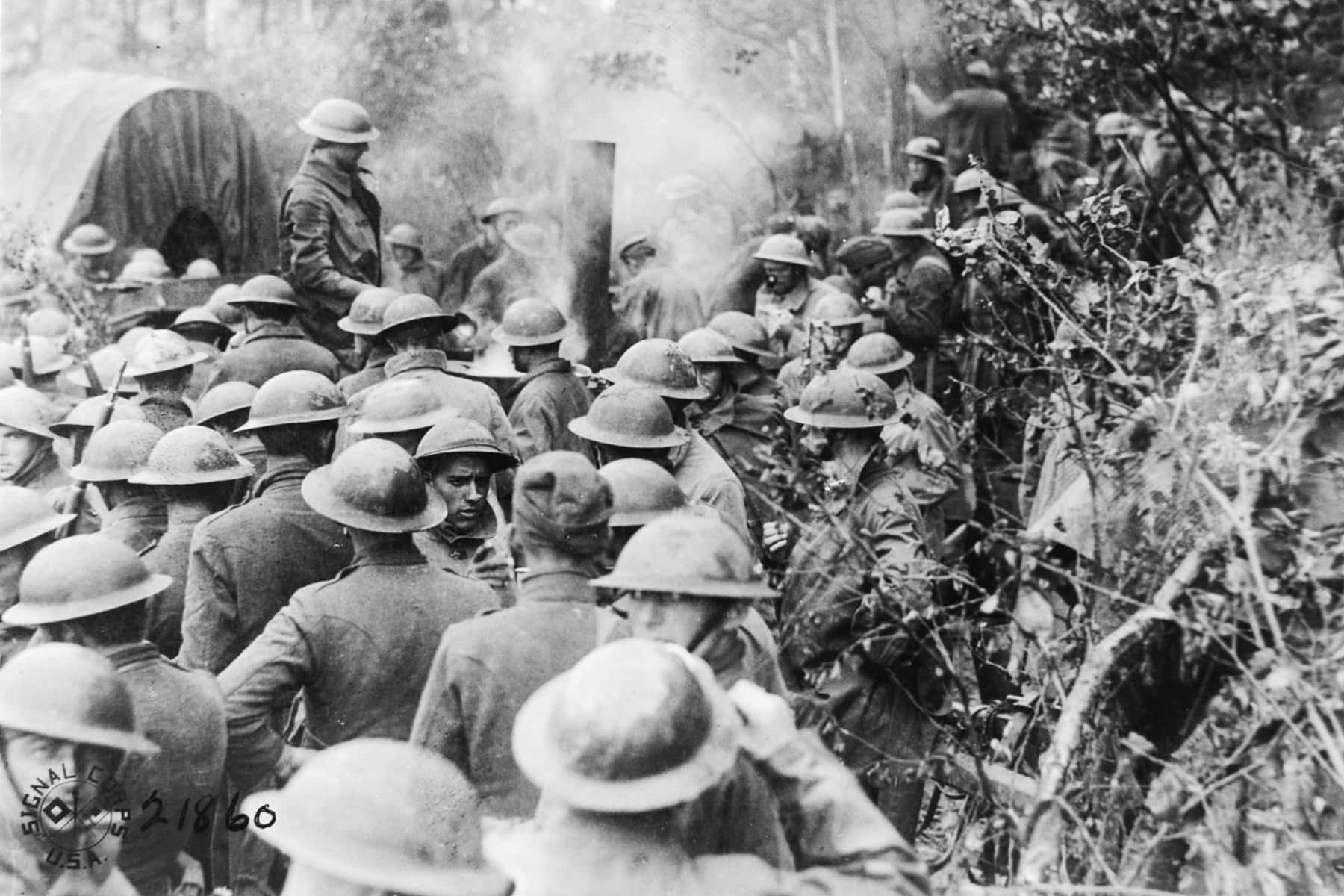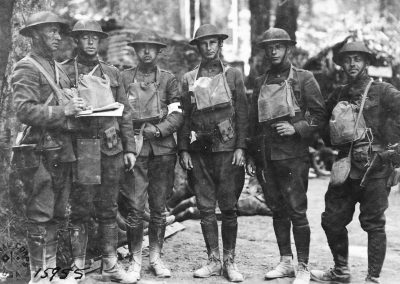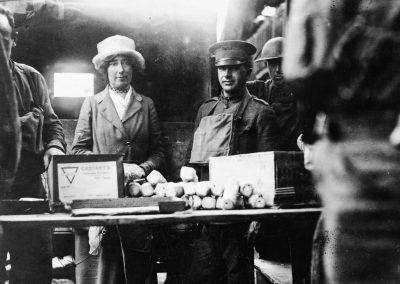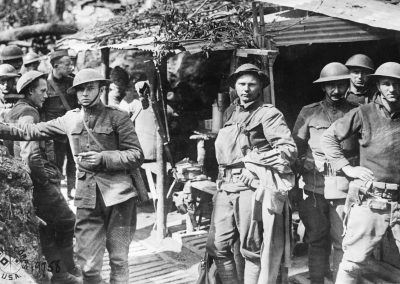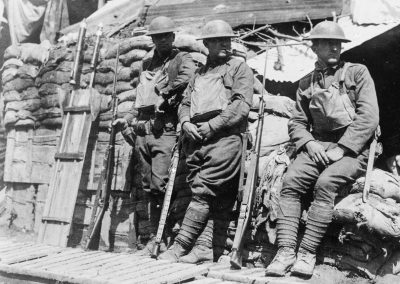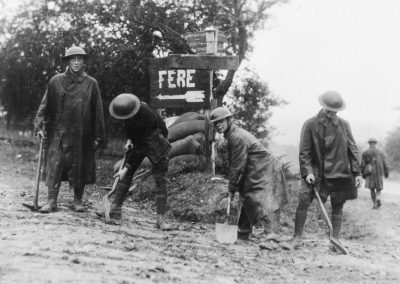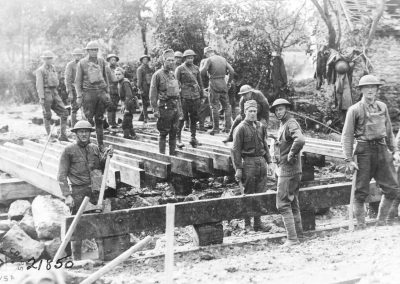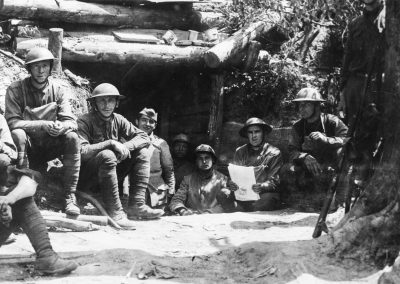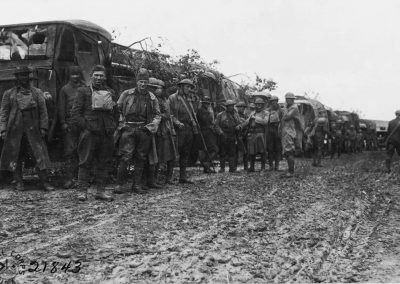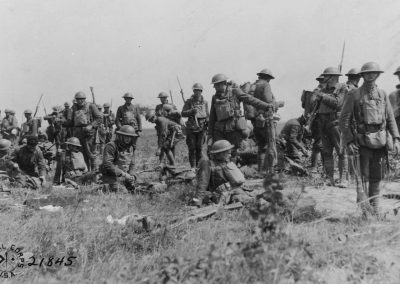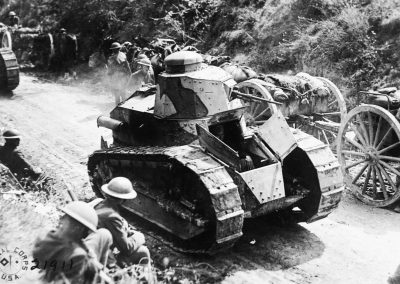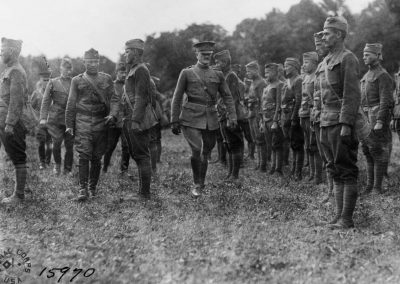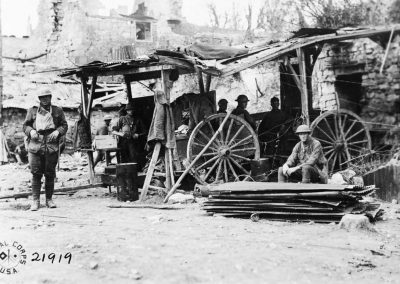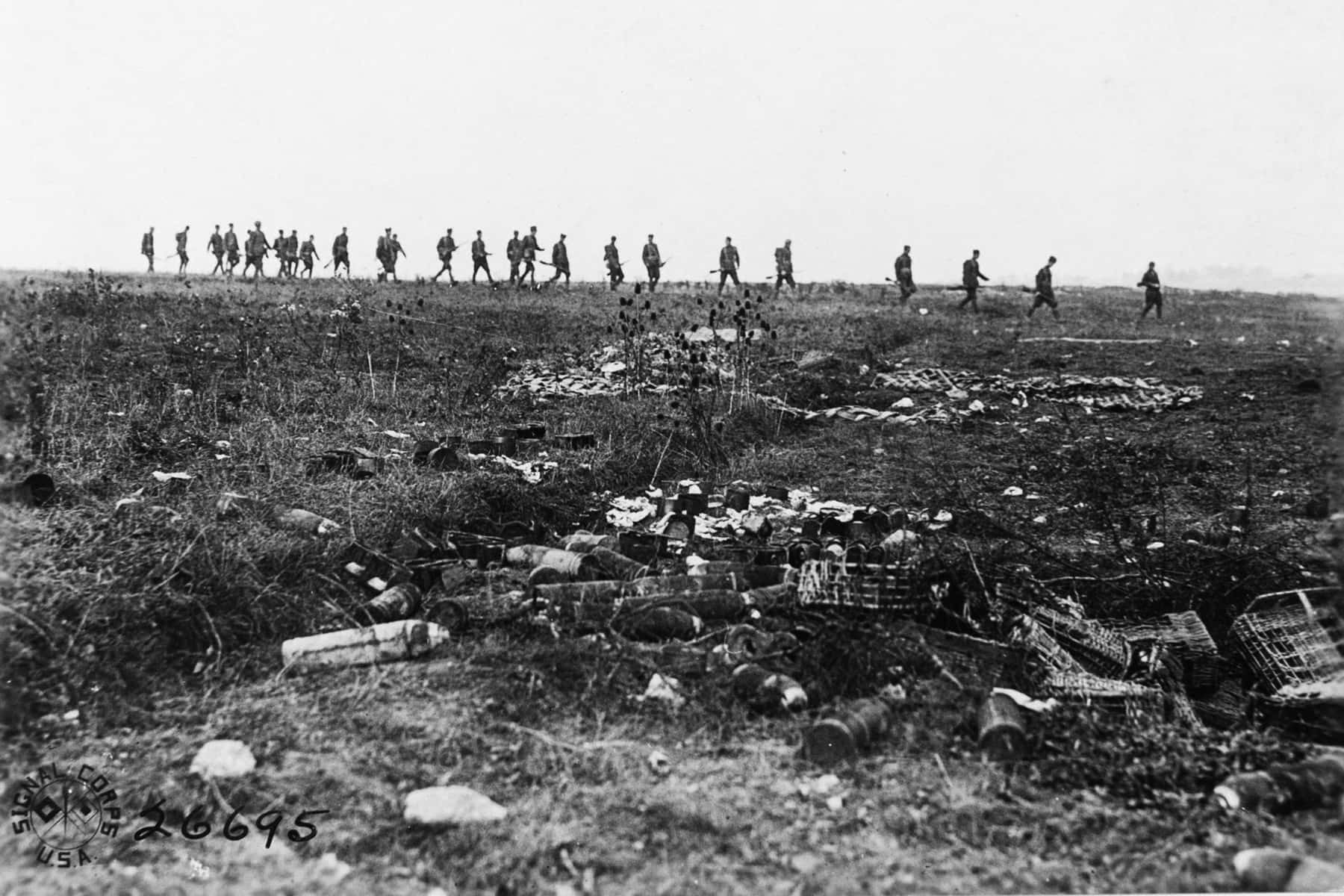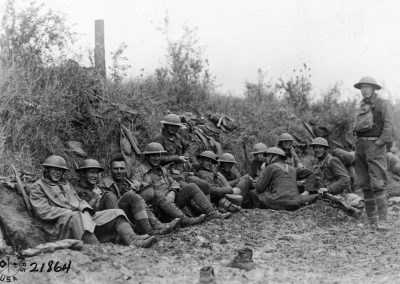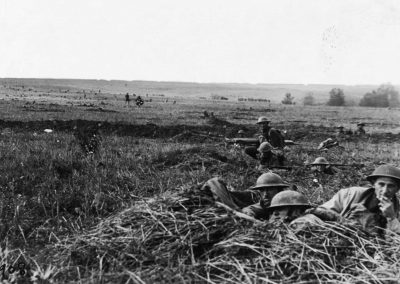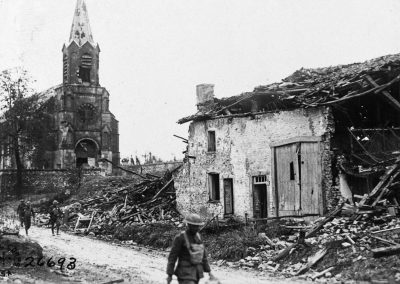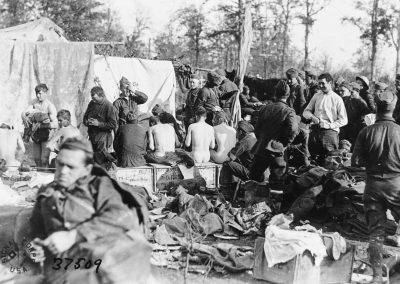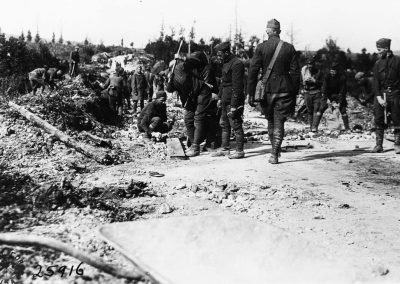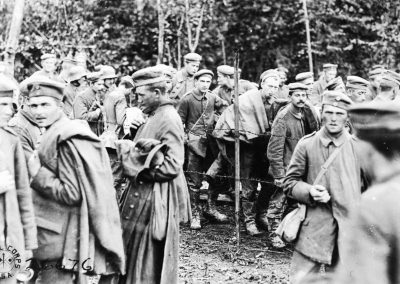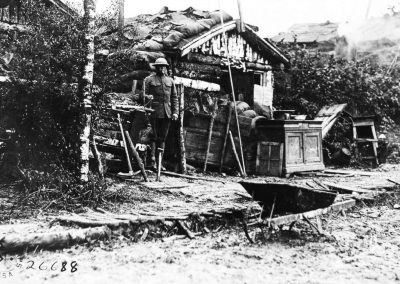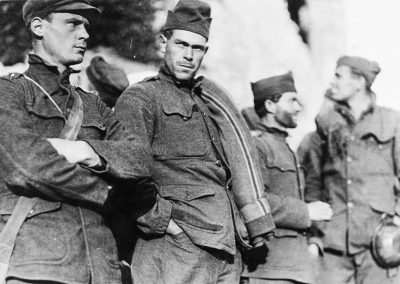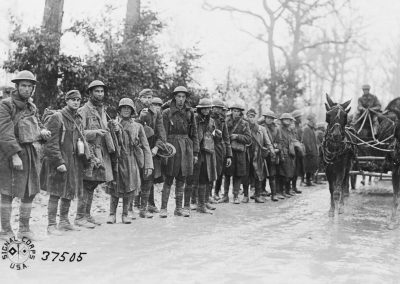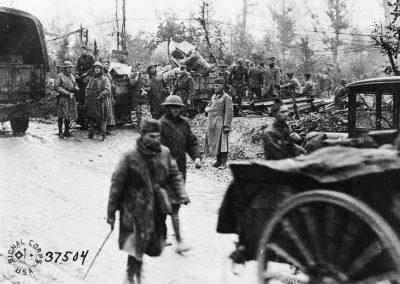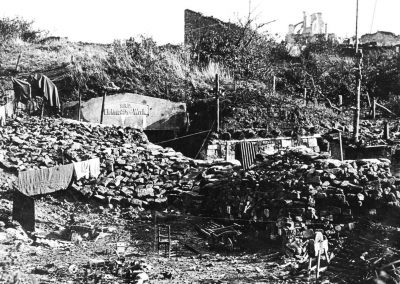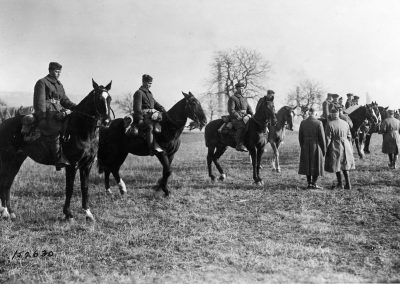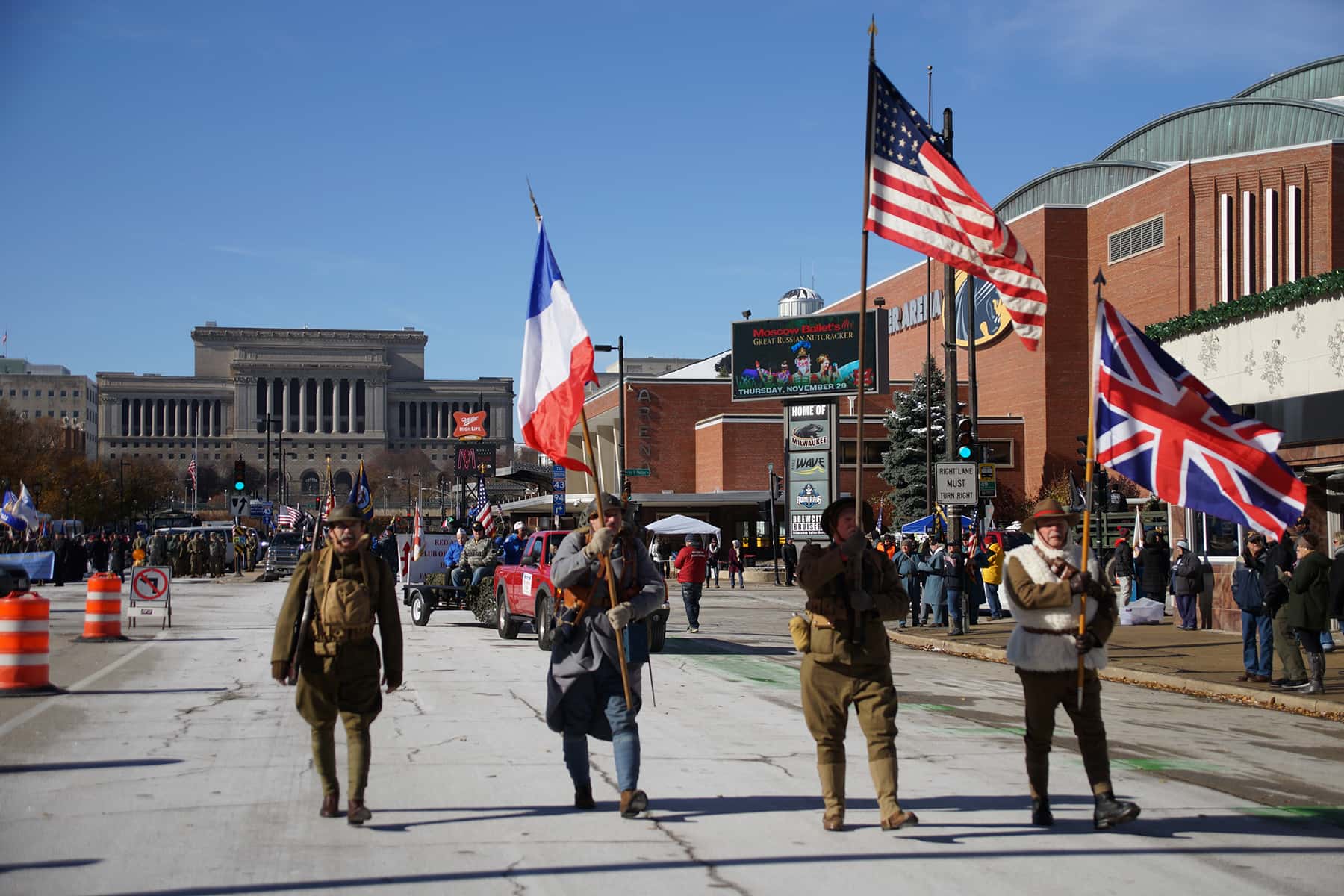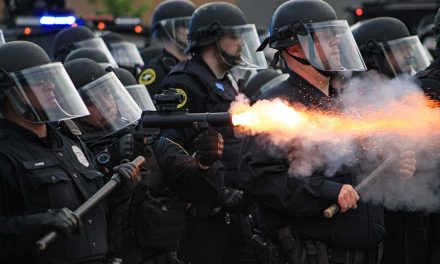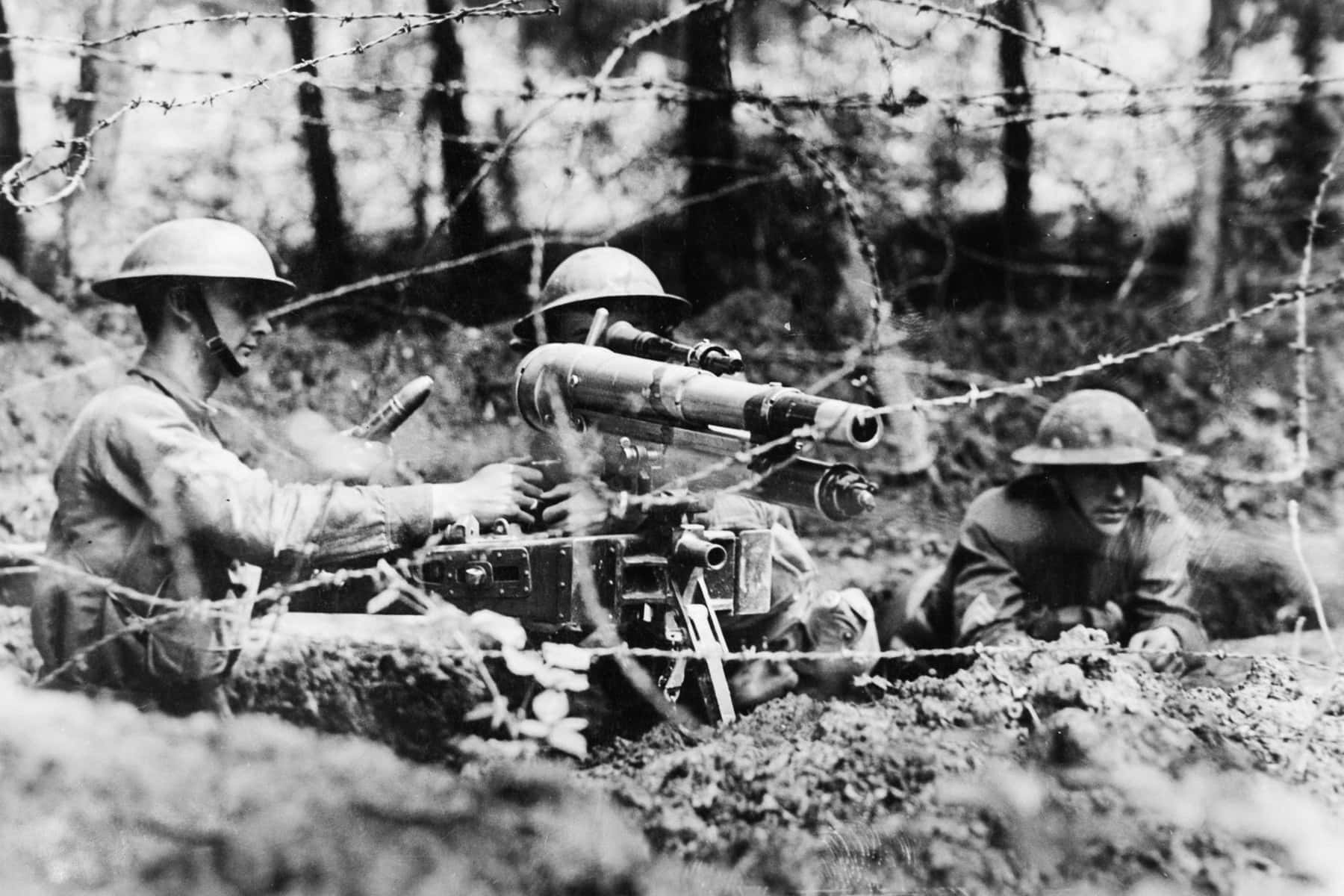
A special World War I film premieres during Milwaukee Armed Forces Week (AFW), chronicling the story of thousands of Wisconsin National Guard Soldiers who answered the national call and served with the 32nd “Red Arrow” Division.
Milwaukee Armed Forces Week returns to southeastern Wisconsin from May 13 to 18, with the goal of increasing awareness about today’s military and pay tribute to the nation’s generations of veterans. Given the “Red Arrow” nickname for its tenacity in piercing the enemy line, the 32nd Infantry Division primarily served during World War I and World War II, with its origins rooted in the Iron Brigade from the American Civil War.
“Dawn of the Red Arrow” details how Milwaukee’s sons emerged as one of the most battle-hardened and decorated American divisions during WWI. The men forged in battle a powerful symbol of their service and sacrifice that still resonates throughout Wisconsin today.
Those soldiers returned to Wisconsin 100 years ago this month, and marched in Milwaukee’s Red Arrow Day welcome home parade held on June 6, 1919 along Wisconsin Avenue. The documentary tells its story through the words, photographs, and film of the soldiers who served. The project team reviewed autobiographies, soldier diaries, letters, personal photographs, as well as recorded interviews with Red Arrow veterans. These were found at the Wisconsin Veterans Museum, Wisconsin National Guard Museum, and also among personal items still held by relatives.
“The documentary is a Wisconsin story. It is the story of how Wisconsin’s communities sent 15,000 Wisconsin National Guardsmen to augment the U.S. Army for World War I,” said Major Brian J. Faltinson, historian for the Wisconsin National Guard. “These 15,000 men who lived and worked in just about every city in Wisconsin, all volunteered to serve knowing that they would be sent overseas to fight in the most devastating war fought up to that point in time.”
Communities across the state of Wisconsin supported their National Guard Soldiers, and the state ensured that every Guardsmen had the basic equipment needed to go off to war. While it seems a proactive approach by today’s view, such a process was not the standard at the time. There are anecdotes across the country of young men training in civilian clothes with wooden rifles.
Wisconsin communities also contributed financially and with other means of support. Many employers matched the difference in pay between a Guard member’s civilian job and Army pay. In about four months, the state pulled together 15,000 people to serve. In April 1917, the Wisconsin National Guard only numbered about 5,000, and it grew to 15,000 by August.
“All recruiting was local and it was truly people joining so they could serve with their friends and neighbors,” said Major Brian Faltinson. “When I was walking the division’s battlefields in France, I gained a sense of the tremendous military accomplishment the Red Arrow division achieved. The division fought in some of the toughest actions encountered by the U.S. during the war and it accomplished every mission.”
The National Archives provided access to the division’s war records, as well as hundreds of photographs and hours of film. The U.S. Army Center of Military History was the source of multiple unit histories and information of the 32nd’s major battles.
Three professors, Dr. Julius Ruff from Marquette, Dr. Rebecca Matzke from Ripon College, and Dr. John Hall from the University of Wisconsin-Madison, recorded interviews that added a greater perspective for understanding how important the 32nd Division was to Wisconsin, and how it contributed to American victory in Europe.
The film is the culmination of a two-year campaign by the Wisconsin National Guard to honor those soldiers who laid the foundation for the organization’s record of excellence, while serving the United States and Wisconsin. It runs 80 minutes and will be followed by a brief question and answer session with the film production team.
“The Wisconsin National Guard, as it serves Wisconsin and the nation today, is the direct descendant of those soldiers who fought in World War I with the Red Arrow,” added Major Faltinson. “Today we live in every zip code in the state and serve in armories located in nearly 70 cities. Wisconsin National Guard Soldiers work in every career field and are part of our community fabric. They also remain always ready to set that life aside so they can serve the state in times of emergency here at home and support the U.S. military in its operations around the world. The 32nd Division in World War I is the birth of the modern Wisconsin National Guard.”
For Veterans Day 2018, the 100th anniversary of the ending of WWI on November 11, 1918, the Red Arrow Club of Milwaukee represented the Grand Marshal for the annual parade. The Milwaukee County War Memorial will host the screening of “Dawn of the Red Arrow” on May 14 at 7:00 p.m., admission to the film is free and open to the public.
© Vintage Photo
Dawn of the Red Arrow and U.S. Army Signal Corps
- Milwaukee’s hometown Air Wing kicks off Armed Forces Week with aerial refueling flight
- William Pelkofer: Wisconsin Air National Guardsman takes home-grown path for pilot training
- Dawn of the Red Arrow: Documentary details birth of Wisconsin’s 32nd Division in World War I
- Bay View students revive Lance P. Sijan Memorial Scholarship as example of leadership, love, and honor
- Brewers legend Robin Yount recognized for years of citizen involvement in helping the Armed Forces
- Gold star family, George Banda, and Iwo Jima veterans recognized with Sijan award for valor
- Veterans Day Parade 2018 honors Milwaukee’s Red Arrow Division for its WWI service
- Milwaukee Notebook: Red Arrow, the Park that Moved
- Janine Sijan Rozina: A story not of war but the spirit of love
- “Sijan” and Chip Duncan’s “The First Patient” among world premieres at Milwaukee Film Festival
- Fellow POWs honor their fallen brother at Sijan Plaza dedication
- Photo Essay: Preview of Sijan Plaza and memorials of honor
- Photo Essay: An example of courage installed at Mitchell Airport
- Ben Domian: a life influenced by family and Lance Sijan
- Vietnam combat medic George Banda honored at tribute to Latino veterans
- Lynn Novick: A discussion about her Vietnam War film on Veterans Day
- The irony of visiting heroes at Arlington, the former home of a national traitor
- Photo Essay: Seeing the Nation’s Capital with Milwaukee Eyes
- George Banda: Honoring lost friends in vigil to Vietnam veterans at The Wall
- Maya Lin: Ceremony marks 35th anniversary of Vietnam Memorial’s healing power
- George Banda: The Humble Hero
- Audio: An American story from Mexico to Vietnam
- Purple Heart Day honors Milwaukee’s wounded veterans
- Photo Essay: Milwaukee’s 54th Annual Veterans Day Parade salutes hometown heroes
- Online patriots too lazy to honor troops by actually attending Veterans Day Parade
- Thank You, Canada, for loving Milwaukee Veterans
- Aerial demonstration squadrons announced for 2019 Air & Water Show
- Flying with the Golden Knights during the Milwaukee Air & Water Show
- Air & Water Show 2018 performances prepared and waited for weather to clear
- Exclusive: 360° view of skydive at 2,000 feet over Milwaukee with precision landing
- Video: Army’s elite parachute demonstration team descends over lakefront
- Airshow sees Army Parachute Team descend through the atmosphere
- Photo Essay: Golden Knights Practice Jump attempt at 2,000 feet
- Photo Essay: Golden Knights Precision Landing from 12,500 feet
- Photo Essay: Free-falling with the Golden Knights Demonstration Team
- Video: U.S. Army Golden Knights parachute into Milwaukee Airshow


